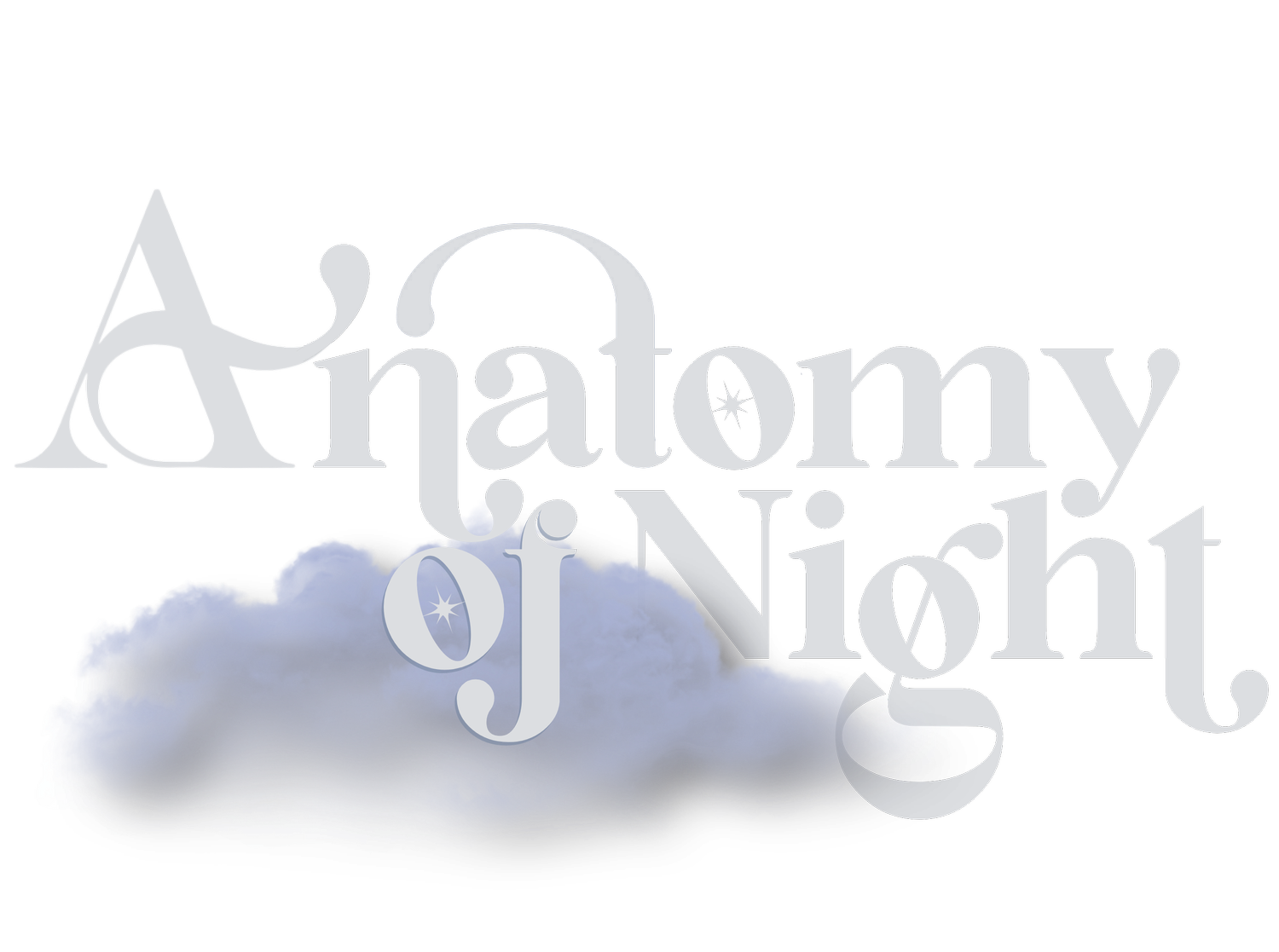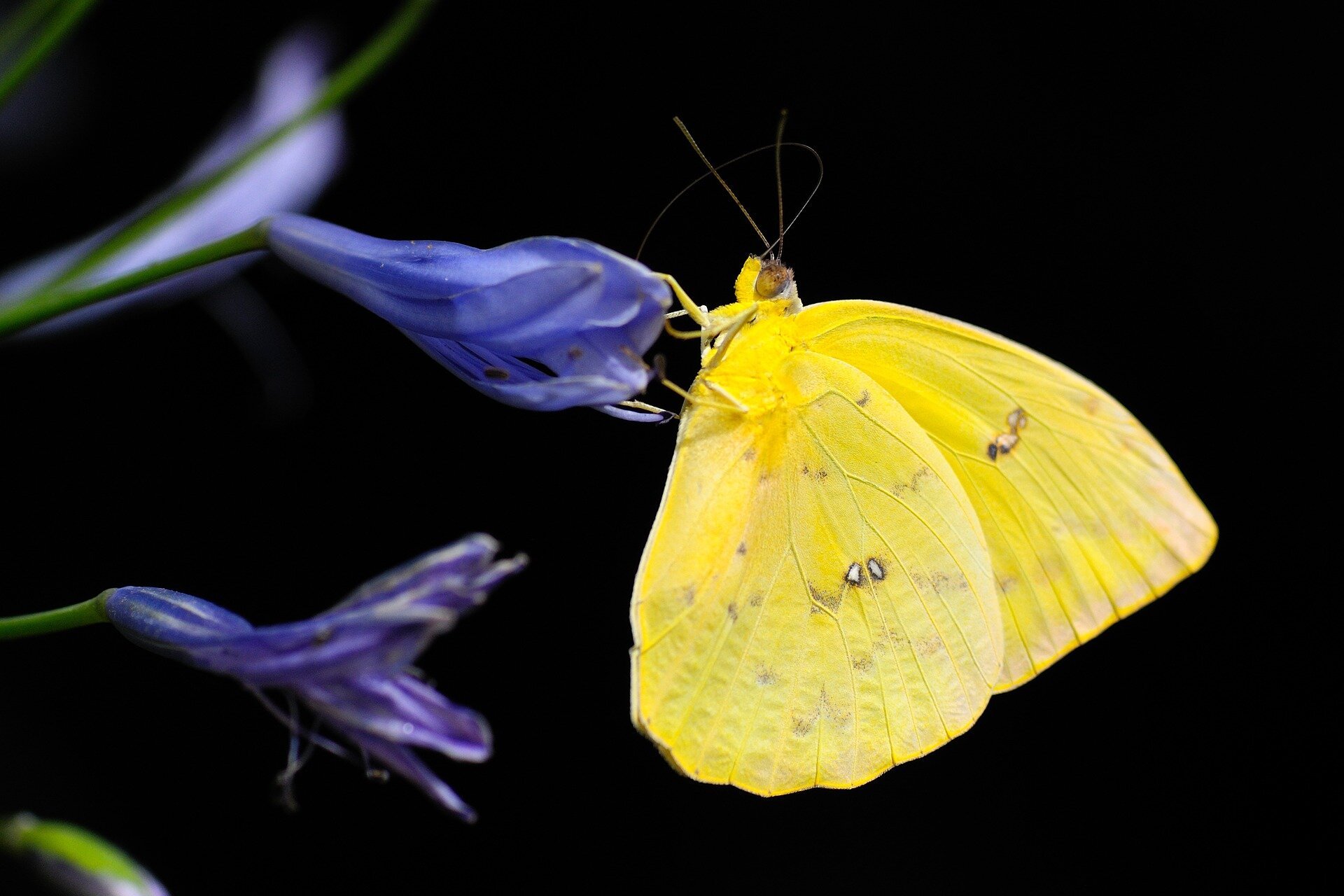Changing the Language of Darkness
Published in LD+A Magazine - March 2021
When we talk about light pollution, the conversation often idles on the loss of the night sky for humans. This loss is immense, yet younger generations do not hold memories of nightly access to the stars, so our collective consciousness no longer knows what it is missing. Therefore, the discussion of dark skies alone is inadequate to galvanize the ‘dark sky movement.’ It is also a grossly incomplete description of the problem.
In addition, the term light pollution does not elicit the same amount of alarm as other forms of climate change. Yet studies show that artificial light at night is changing fundamental behaviors in species, such as the way plants grow, how insects pollinate, and when animals reproduce. This term is also dangerously inadequate in describing the threat that artificial light poses to the environment.
By far, the most pressing issue of light pollution is the impact upon wildlife. Across the planet, animals and plants are changing their perennial relationship to light. An age-old balance of interspecies interaction is being challenged and interrupted. Ultimately, this is a critical issue for humans, yet historically speaking the impact of climate change upon wildlife has not been enough to turn the tides of industries.
In the early 1900s, it was not an intuitive notion that cigarettes caused cancer. Doctors were even known to endorse cigarettes. It was not until massive amounts of on-going public education linked smoking to cancer that the collective consciousness began to understand. One key factor that led to successful public understanding is that the incentive not to smoke is directly tied to an individual’s desire to avoid cancer.
For lighting experts, an understanding of light pollution may seem intuitive. However, the issue of light pollution is not yet a concern for the public at large. Therefore, a critical next step is to consider new forms of discussion and education about light pollution and the impact it has upon wildlife, as well as create ways to incentivize the individual.
Despite the altered rhythm of light on the planet, wildlife still strives to operate around the natural daylight cycle. Here in the street-lit City of Cambridge, Massachusetts, there are three Turkeys roosting in the trees just North of me. I can hear them clucking in the morning just after sunrise, and then I watch them make their clunky flight down from the tree to forage for the day. Like clockwork, they waddle back up the street at dusk and are roosting in their preferred tree by sunset.
I went and visited them one evening, just after sunset, and they were still awake, alert but quieting for the day. Perched about 30 feet up in the trees, they calmly took notice of me and the dimming world around them. On another visit, I arrived about an hour later at full darkness, and they had already gone to sleep for the night, tucking their long and crooked necks under their wings for darkness and comfort. In my observations as a citizen-scientist, the Turkeys spend more than half of their 24 hours in that tree, roosting, recovering, and restoring.
As humans, we are the only species willingly changing our relationship to light. Frankly, the loss of the dark sky is the last link for us, not the first, in a long chain of light pollution impacting individuals. We have cut out dimness, darkness, and the arc of the natural daylight cycle from our waking existences almost completely, imprisoning ourselves in stagnant, singular, and undynamic brightness until we switch off the bedside lamp, very often with the illuminated screen of a device still nearby. This did not used to be.
When we were wild, we awoke with the sunrise. We hunted and gathered under a giant blue dome or green forest canopy. At sunset, we turned to rest near a warm glowing fire under the moon and stars. These light signals are ancient to our bodies and minds, and yet we rarely experience them in modern day. We create fewer and fewer memories in dim environments.
In fact, the public is being educated to the exact opposite, that brighter is better no matter the time or place. Commercials air on television for screw-in LED lightbulbs boasting thousands of lumens of daylight, with no understanding of the art or science of illumination and how that would make a person feel within that environment, or afterward.
Much of the problem is that the vernacular language around light does not truly support the natural daylight cycle. The most salient metaphors create idealistic notions of light, emphasizing celebration, goodness, and productivity, while darkness is often associated with being unsafe, scary, or unproductive. In fact, most of the available words to describe low light are melancholic and uninspired, such as gloomy, dreary, faint, or lackluster. To better support a restoration of the natural daylight cycle on the planet, we need to develop more positive descriptive language to adequately describe the beauty and wonder of low light and darkness.
The lack of positivity around darkness, the counterbalance of light, has contributed to an aversion to this part of the natural daylight cycle. Not only is darkness regarded as unsafe, but it is also associated with being boring, unnecessary, and obstructing of activities. Yet, there are many beautiful memories to be made in these softer, paler lights. By defining more experiences akin to candlelit dinners or fireside chats, we can bring more meaning into this low light period of the natural daylight cycle. In a world with a constant news cycle, light engines in our pockets, never ending to do lists, unbounded industry, and unprecedented climate change, darkness is a needed antidote.
As Emily Dickinson describes, there is something rather medicinal about the darkness:
Either the Darkness alters —
Or something in the sight
Adjusts itself to Midnight —
And Life steps almost straight
In our addiction to light, we have forgotten to revere the darkness and the immense purpose that it serves in our individual lives. The development of a more supportive glossary of concepts around darkness can bring emphasis to the individual benefit such as increased time for reflection, relaxation, and restoration. The entire cycle of natural light is a kind of therapy that harmoniously tunes the orchestra within our bodies and minds, including the darker shades of light. While the impact of light pollution on wildlife may not be enough to build awareness on its own, if we can define and positively describe more experiences around low light, we can incentivize the individual to restore the natural daylight cycle for wildlife.



